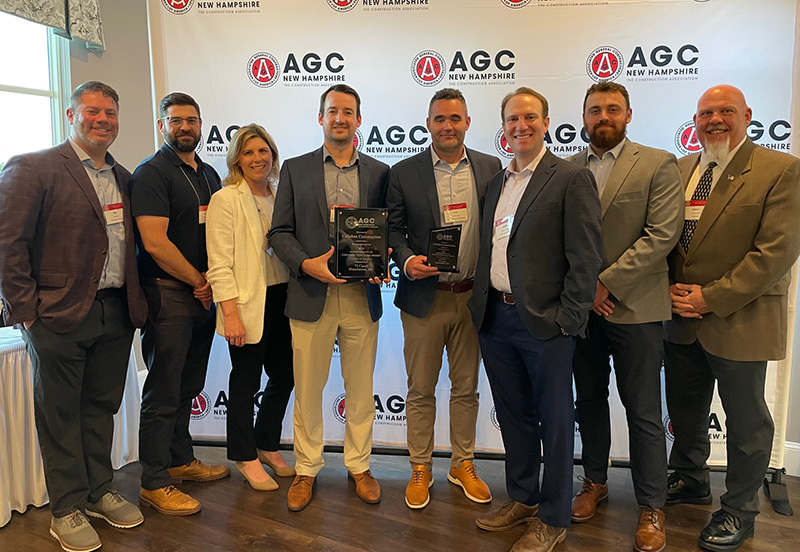Bruner/Cott Architects relocates offices to Boston
Boston, MA Bruner/Cott Architects relocated to the Bulfinch Triangle after 46 years in Cambridge.
Designers projects such as MASS MoCA (North Adams, Mass.), one of America’s largest contemporary art museums; the reimagined Boston University School of Law complex, recipient of a DOCOMOMO US Modernism in America Award; and the R.W. Kern Center (Hampshire College, Amherst, Mass.), a certified Living Building, this new address celebrates an exciting next chapter for the practice.
Founded in 1972 by Simeon Bruner and Leland Cott, the 35-person firm is now led by principals Jason Forney, AIA, LEED AP; Jason Jewhurst, AIA; and Dana Kelly.
“This move marks the evolution of our firm to new leadership and new ownership,” said the Bruner/Cott principals. “The decision to relocate to the hub of downtown Boston and the heart of the greater design community was an easy one. Boston embraces new ideas, challenges old norms, and is bursting with creativity. It’s a perfect fit.”
Dedicated to enhancing quality of life, economic vigor, and sense of community through thoughtful, sustainable design, one of Bruner/Cott’s latest projects is the Richard F. and Susan A. Smith Campus Center at Harvard University, for which it served as executive architect in partnership with design architect Hopkins Architects (London, UK). The firm is currently designing the Living Village at the Yale Divinity School, a model community for future community builders and bold example of environmental design at an unprecedented scale. Collecting energy from the sun and water from the sky to provide for 150 residents, it is slated to be the largest Living Building Challenge certified project in the country.
Nobis Group awards Robinson and Moreira STEM scholarships


Ask the Electrician: Is summer a prime time for commercial electrical maintenance?

The design-build advantage: Integrated interior design solutions - by Parker Snyder

The rise of incubators and co-working spaces: The latest in life sciences - by Matt Combs








